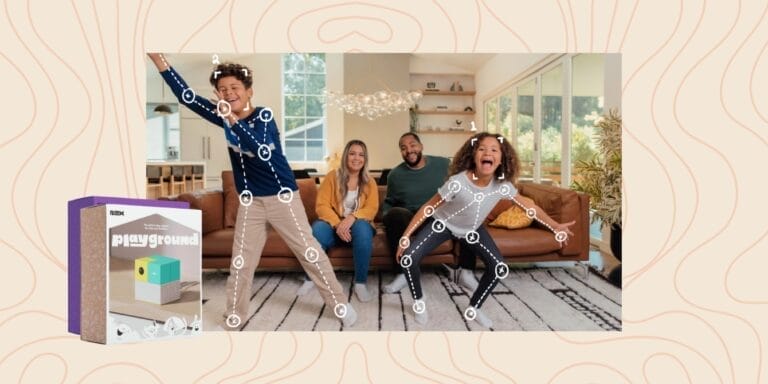Inclusive playgrounds let everyone in on the fun

Landscape Structures
Every child deserves equitable access to play. Every child deserves to be included.

Since nine-years-old, I have traveled all over the world through my work with adaptive recreation. I represented Team USA twice in wheelchair racing, received a full-ride scholarship to study Industrial Design at the University of Illinois Urbana-Champaign and studied abroad in Singapore for six months. My goal has always been to connect the lived experience of disability to design. I understood the importance of play at a young age because of the crucial role it played in my childhood.
I grew up with Spina Bifida—a birth defect in which my spinal column didn’t close properly. I consistently moved differently than my peers. I was either walking, rocking little pink crutches or matching pink walker, crawling or using my wheelchair. The playground was never an inviting place. That was then. Thankfully, the conversation surrounding disability and play has changed significantly since.
My elementary school playground was not created for someone like me. It sat at the bottom of a steep dirt hill. When I finally did make it to the playground it was covered in wood chips, filled with stairs, complex climbers and challenging ladders. The only thing for me to do was the “meet-your-accessibility-quota” steering wheel—which I can tell you isn’t the most thrilling play event, especially not for an 8-year-old who just wanted to play like everyone else.
My go-to activities were to wait on the ground for a swing to open (then feel guilty for commandeering that swing for the rest of recess), sit under a deck and wait in hopes that someone else would be willing to sit with me, or sit by the planters at the top of the hill and build houses for resident bugs. On a REALLY good day, I’d be allowed to stay inside and not have to bother with the playground at all.
What I didn’t understand was that play could create a sense of place. Other kids were taking on challenges, learning valuable social skills, experiencing rich developmental benefits—and it was all because they had a space devoted to play.
After earning my degree in Industrial Design, I joined a commercial playground manufacturer as an inclusive play specialist and found myself at the center of inclusive play.
I had never been to a playground that met my needs. I didn’t understand the wealth of benefits I had missed out on. No one had ever asked me what support I needed. But the more I visited inclusive playgrounds, the more I realized just how important inclusive play could be. Every child deserves equitable access to play. Every child deserves to be included.
The conversation of inclusion is reaching past the point of ADA-compliant design. With 1 in 4 Americans having a diagnosed disability (CDC, 2022), inclusive spaces are becoming popular around the world. We, as playground designers and manufacturers, are constantly learning what makes for a successful day of play—not only from caregivers, siblings, scholars and therapists, but also people with disabilities.
The industry is now including diagnoses such as Autism and Sensory Processing Disabilities into how we consider design. These diagnoses require a sensory-diverse space that includes opportunities for spinning, swaying, swinging, climbing and engaging muscles, which help children build their sensory foundation to develop bodily awareness and executive function skills. If the playground becomes overwhelming, or a child becomes dysregulated, any one of these sensory experiences can become a sensation they automatically seek to calm themselves back down.
Inclusive play is also expanding to deaf/hard-of-hearing and blind/low-vision users as well. The value of musical play and its tactile vibrations is particularly rich for both demographics. Designers are thinking more intentionally about uses of colors, contrast and textures Creating visually open spaces can help them take in as much information as possible.
Conversations are also taking place about designing ramped structures more intentionally for those with mobility disabilities like myself. The beauty of these conversations is we’re no longer reliant on only ramp play or a transfer to create an inclusive experience for our friends on wheels. We can now control our environment and aren’t stuck waiting for someone else to come along.
I no longer feel like an oddity on the playground because of how I move and the support I need. My needs may be different, but they no longer feel like a burden. I finally feel invited, and I’m so excited that that invitation is only going to grow and extend to everyone—of every ability.
This story is a part of The Motherly Collective contributor network where we showcase the stories, experiences and advice from brands, writers and experts who want to share their perspective with our community. We believe that there is no single story of motherhood, and that every mother's journey is unique. By amplifying each mother's experience and offering expert-driven content, we can support, inform and inspire each other on this incredible journey. If you're interested in contributing to The Motherly Collective please click here.


































